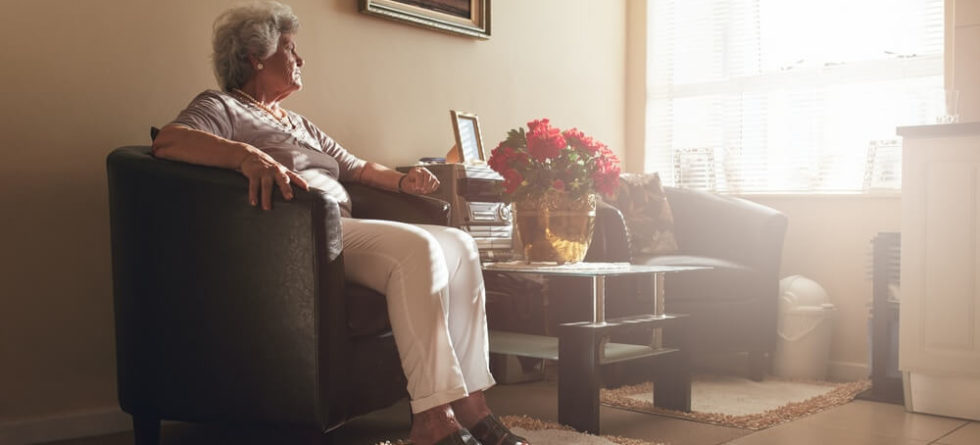Many Alzheimer’s patients can continue to live successfully on their own for some time, but as the disease progresses, they may need assistance. As the disease progresses, they may no longer be able to look after themselves or ensure their safety. Family members and healthcare professionals may need to provide a safe environment that supports quality of life.
Improving Safety for Alzheimer’s Patients Living Alone
Living in a place that is safe, familiar, and comfortable is important for those suffering from Alzheimer’s disease. With time, Alzheimer’s disease impairs judgment and problem-solving skills, increasing a person’s risk of injury. Therefore, family members with a patient who wants to remain at home can help reduce certain environmental risks. For example, to promote safety and limit challenges and frustrations:
- Schedule tasks and establish a routine to make each day less confusing.
- Involve the patient in promoting independence.
- Minimize distraction to make it easier for a patient to focus.
- Create a safe environment that prevents trips or falls and, if necessary, install grab bars in critical areas around the home.
- Take fire safety precautions by keeping lighters out of reach. Ensure a fire extinguisher is accessible and the smoke alarms have fresh batteries.
- Use locks where necessary and lower the thermostat on the hot-water heater to prevent burns.
While they may be able to live alone for many years after being diagnosed, Alzheimer’s patients will eventually need assistance, especially if living at home alone. Eventually, they may even need 24-hour care.







